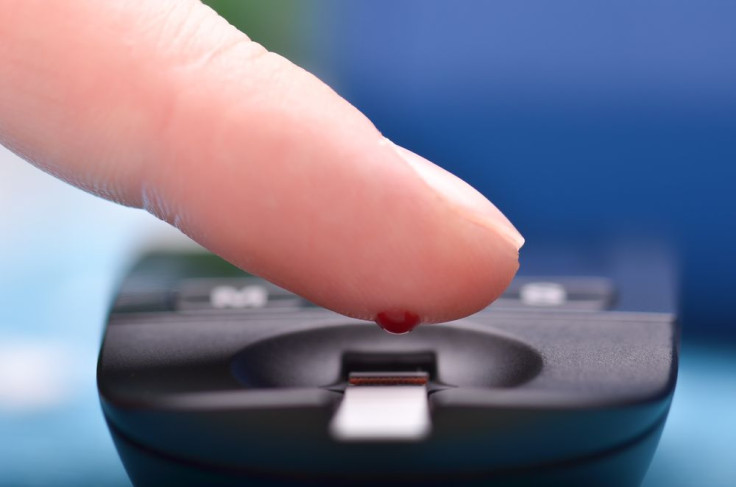Diabetes Risk Factors May Appear Long Before Glucose Levels Begin To Fluctuate; Could This Mean Earlier Detection?

It’s well known that diabetes is an obesity-related disease. Sedentary lifestyles and a diet filled with sugar and fatty foods lead to obesity, which causes extra stress on the body. Not only does it need to carry extra weight, its internal processes are also working harder, from a more intense heartbeat to a hard time controling glucose levels. It’s these glucose levels — the amount of sugar in the blood — that are usually an indicator of diabetes. But a new study suggests that it might be possible to detect diabetes earlier, before changes in blood glucose even occur.
Diabetes is characterized by insulin resistance, or the body’s inability to use insulin, a hormone secreted by the pancreas, to properly transfer glucose from the blood to tissue and muscle cells to be used as energy. Blood glucose levels spike after a meal, and the body usually uses insulin to counter the effects of too much glucose, called hyperglycemia, which can cause shortness of breath, dry mouth, nausea and vomiting, and eventually a diabetic coma (ketoacidosis). Diagnoses for type 2 diabetes have typically relied on detection of hyperglycemia. However, the new study, from researchers at the University of Manchester and King’s College London, found that biomarkers in the blood appeared long before hyperglycemia.
These biomarkers appeared in the form of blood fat metabolites — particles that make up and come from fats in the blood — and beta cells in the pancreas. They discovered these biomarkers in the blood of previously pregnant women who had been identified as having an increased, intermediate, or low risk of developing type 2 diabetes. After examining their blood, they found that defects in these biomarkers could predate any indication of diabetes.
“We found that several groups of fat metabolites, also linked to body fat, were changed in the blood, as were others including amino acids and to some extent vitamin D, before glucose levels increased,” said lead author J. Kennedy Cruickshank, a professor of cardiovascular medicine and diabetes at the Division of Nutrition at Kings College London, in a press release. “Blood vessels become damaged as part of the condition, but problems in the vessels arise before high blood sugar sets in during a prediabetes period.”
Cruickshank said that by diagnosing diabetes with glucose tests, many patients will “already have suffered blood vessel damage and will experience poorer outcomes.” Instead, his team is currently working to further their research in hopes of determining exactly what biomarkers and chemical pathways are linked to blood vessel health and eventual diabetes. In doing so, they may be able to identify at-risk patients long before they develop diabetes, while they still have enough time to change their lifestyles.
Over 29 million people living in the United States currently have diabetes, according to the Centers for Disease Control and Prevention. And in 2012, 1.7 million adults aged 20 and up were newly diagnosed. If scientists can develop a new test to detect diabetes risk even earlier, patients may be given the time to work toward prevention, eventually reducing the total number of diabetics.
Source: Cruickshank J-K, Anderson S, Dunn W, et al. Evidence That Multiple Defects in Lipid Regulation Occur before Hyperglycemia during the Prodrome of Type-2 Diabetes. PLOS ONE. 2014.
Published by Medicaldaily.com



























